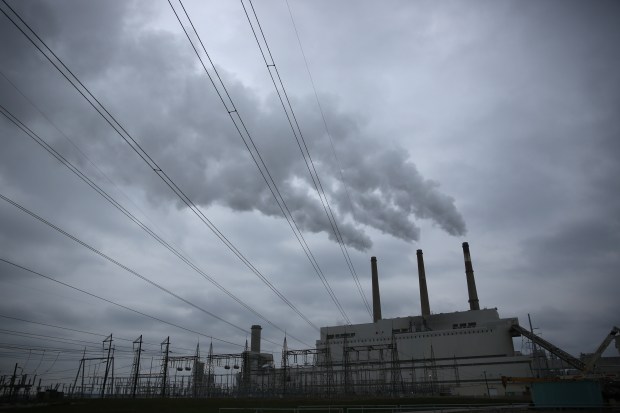After years of research, outreach and planning, Kane County recently completed the draft of a plan to reduce the impact of natural hazards like floods and tornadoes.
The draft Kane County 2024 Natural Hazard Mitigation Plan found that floods, windstorms and winter storms were the three biggest natural threats to the county. To protect the county against these and six other natural hazards, the 580-page plan brings together mitigation projects from 27 cities, villages and other communities within Kane County.
These projects will now be eligible for federal funding through the Federal Emergency Management Agency, or FEMA.
“We’re excited to have it done and let some of our communities and the county start doing some projects to hopefully make our county safer before a disaster hits,” said Scott Buziecki, director of the Kane County Office of Emergency Management.
The plan is currently in draft form until it is approved by both the state and federal government. Then, it will go before the Kane County Board and the boards of cities and villages across the county for approval.
Every five years, FEMA requires a plan of this kind to be developed or updated to receive federal funding for mitigation projects, according to Buziecki.
The 2024 plan is an overdue update of the county’s previous Natural Hazard Mitigation Plan, which it first developed in 2003 and has regularly updated since then.
The 2024 plan is more than a routine adding of new projects and updating of numbers, officials said.
Anne Wilford, stormwater manager at Kane County’s Division of Environmental and Water Resources, said the plan now considers nine natural hazards, up from the five of previous plans.
The plan also considers climate change and how it will impact those hazards, she said.
Daiko Abe, a consultant from Edwardsville-based Integrated Solutions who worked with the county to develop the plan, said it takes into account socio-economic factors when looking at potential risks and projects, something that is new in the 2024 plan.
“There’s a lot of emphasis now in terms of really looking at equity when it comes to the mitigation projects we identified,” Abe said. “There’s quite a bit of analysis as far as where and why certain areas, or census tracts, within the county are considered socio-economically disadvantaged or underserved.”
The planning process for the most recent update saw more involvement from cities and villages within Kane County than past plans, according to Jon Mensching, chief deputy director of the Kane County Office of Emergency Management.
He said that this involvement is likely due to the increased funding being given out by FEMA for local mitigation projects.
The vast majority of the projects identified in the plan are minor or maintenance projects, but some will take considerable time and resources to complete.
One large project listed in the plan is the city of Aurora’s ongoing sewer split project, which is in the process of separating the stormwater and wastewater sewers to prevent wastewater overflow on rainy days.
The city also discussed a Climate Adaptation Project in the plan, which would study ways for the city to become more adaptive to climate change, then use that information to make changes to the city’s response plans, long-term plans, policies, building codes and more.
Aurora’s other new projects include a multilingual outreach campaign, constructing drainage solutions, floodplain management and more. Abe called Aurora’s proposed projects “outstanding.”
Many of Aurora’s proposed projects focused on flooding, which was identified in the county’s draft Natural Hazard Mitigation Plan as the most significant risk to Kane County.
The nine hazards studied in the plan were ranked from lowest to highest risk based on a number of factors, including potential for damage, likelihood and how vulnerable the community is based on infrastructure and other factors.
Flooding was found by the plan to be the natural hazard with the highest risk to Kane County.
If a 100-year flood hit the county, it would have roughly a $912 million economic impact, the plan found. A 100-year flood is a large flood that has a 1% chance of occurring in any given year, according to the U.S. Geological Survey.
The county’s draft plan also estimated that a 100-year flood would displace around 1,700 households, or about 5,026 people, of which about 705 people would need to temporarily stay in a public shelter.
Floods are also common in the county, according to the plan. Since 1973, it found that seven floods have resulted in a federal disaster declaration in Kane County.
The ranking system was used to determine which risks should be prioritized, but each of the nine hazards have some proposed projects to mitigate against their effects, according to Abe. Other hazards looked at by the plan include earthquakes, extreme heat and drought.
rsmith@chicagotribune.com





